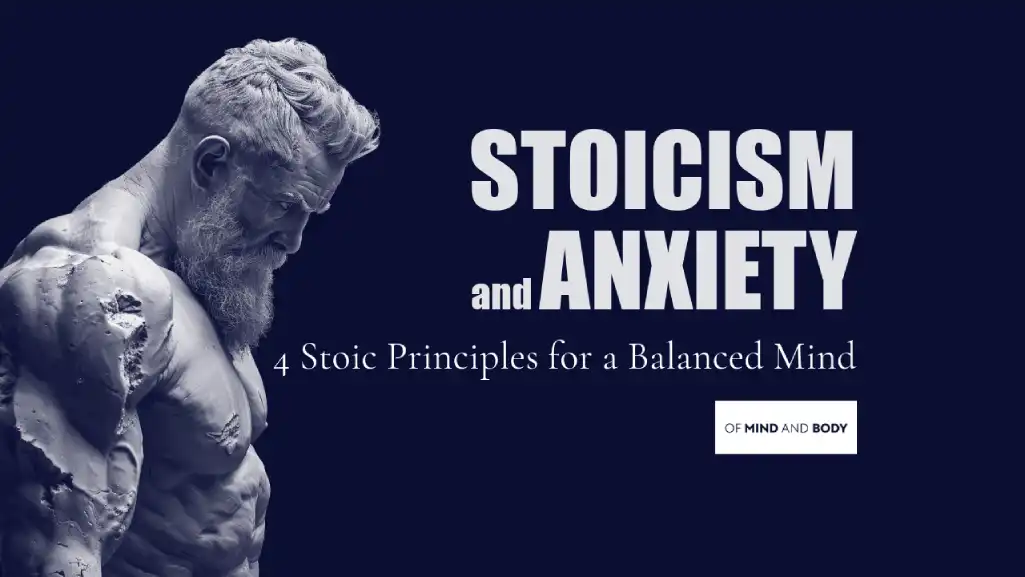As we continue our exploration of Stoicism, we now turn to the realm of Stoicism and Leadership. Leadership, whether in a professional setting or in our personal lives, requires wisdom, courage, and integrity. Stoicism, with its emphasis on virtue and rational decision-making, offers valuable insights for effective leadership.
Stoic Principles in Leadership

In leadership, the Stoic virtues of wisdom, courage, justice, and temperance serve as guiding principles. Wisdom enables leaders to make informed and rational decisions. Courage empowers them to face challenges and take necessary risks. Justice ensures they treat all members of their team fairly and with respect. Temperance helps them maintain balance and avoid extremes.
The Stoic principle of the dichotomy of control is also crucial in leadership. Leaders can control their actions, decisions, and responses, but they cannot control the outcomes or the actions of others. This perspective can help leaders focus on their efforts rather than the outcome, reducing stress and enhancing effectiveness.
Stoic Leaders: Historical Examples
History provides us with examples of Stoic leaders. One notable example is Marcus Aurelius, a Roman emperor and a Stoic philosopher. Despite the immense challenges he faced, Marcus Aurelius remained committed to his Stoic principles, striving to lead with wisdom, justice, and integrity.
Another example is James Stockdale, a U.S. naval officer who was a prisoner of war during the Vietnam War. Stockdale credited Stoicism for helping him endure his captivity, demonstrating the resilience and courage that Stoicism can foster.
Practical Stoicism for Modern Leaders

Modern leaders can incorporate Stoic principles into their leadership in various ways. They can start their day with a Stoic meditation, reflecting on their values and the challenges they may face. The view from above can help them gain a broader perspective on their problems. They can use the dichotomy of control to focus on their efforts rather than the outcome.
Stoic leadership can lead to various benefits. It can enhance decision-making, improve team dynamics, and foster a positive and respectful work environment. It can also enhance the leader’s resilience, enabling them to navigate challenges with grace and equanimity.
Conclusion
Stoicism serves up a treasure trove of insights for effective leadership. Its guiding principles and hands-on practices can steer leaders in their decision-making and actions, fostering a leadership style that’s steeped in wisdom, courage, justice, and balance.
As we forge ahead in our Stoic adventure, our next stop will be Stoic exercises for beginners. We’ll share practical techniques for those dipping their toes into the Stoic waters for the first time.
I trust that this deep dive into the interplay between Stoicism and leadership has enriched your understanding of Stoicism. But as we journey on, let’s not forget that Stoicism isn’t merely a philosophy to be understood—it’s a way of life to be lived. So, let’s not just learn about Stoicism, let’s live it, embodying the wisdom of these philosophers in every step we take.













One Response